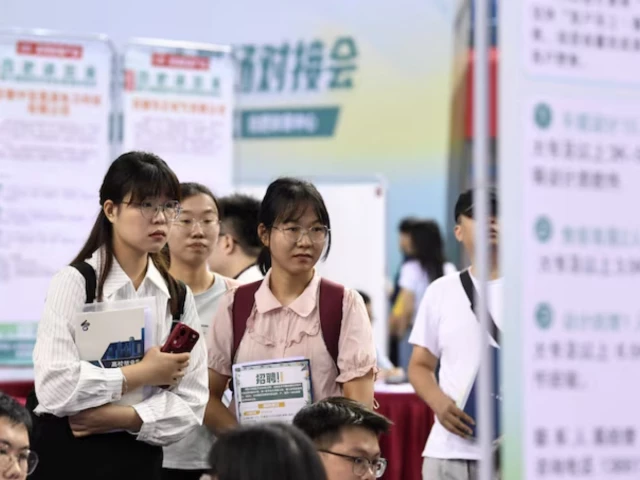The century-long revolution that made Chinese women engines of modernisation
Young women attend a job fair for university graduates in Anhui province, China. Photo: Reuters
When Mao Zedong declared that “women hold up half the sky,” he was not reciting poetry. He was issuing a revolutionary programme, marking a civilisational break: from centuries of feudal subjugation to a project of socialist reconstruction that placed gender equality at its core.
Seventy-five years later, the evidence of that revolution is everywhere. Chinese women, once excluded from literacy, property and politics, are now among the most educated, employed and empowered citizens on earth
The results of these policies are visible in statistics and in lives changed. Women now account for about 43% of China’s total employed population, up from roughly 20% in the early communist era, which is higher than the global average and on par with many developed countries.
In fact, Chinese women today are a formidable presence in fields like science and technology, comprising 45.8% of the country’s researchers and innovators, contributing to cutting-edge industries and scientific breakthroughs. By comparison, women make up only about 28% of scientific researchers in the United States.
China’s first Nobel Prize in science was awarded to a woman, pharmacologist Tu Youyou, for discovering a malaria treatment – a feat emblematic of Chinese women “scaling new heights at the forefront of innovation”.
In the business realm, Chinese women have also made waves. According to the Hurun Report, two-thirds of the world’s self-made female billionaires are Chinese.
Continue Reading on The Express Tribune
This preview shows approximately 15% of the article. Read the full story on the publisher's website to support quality journalism.
